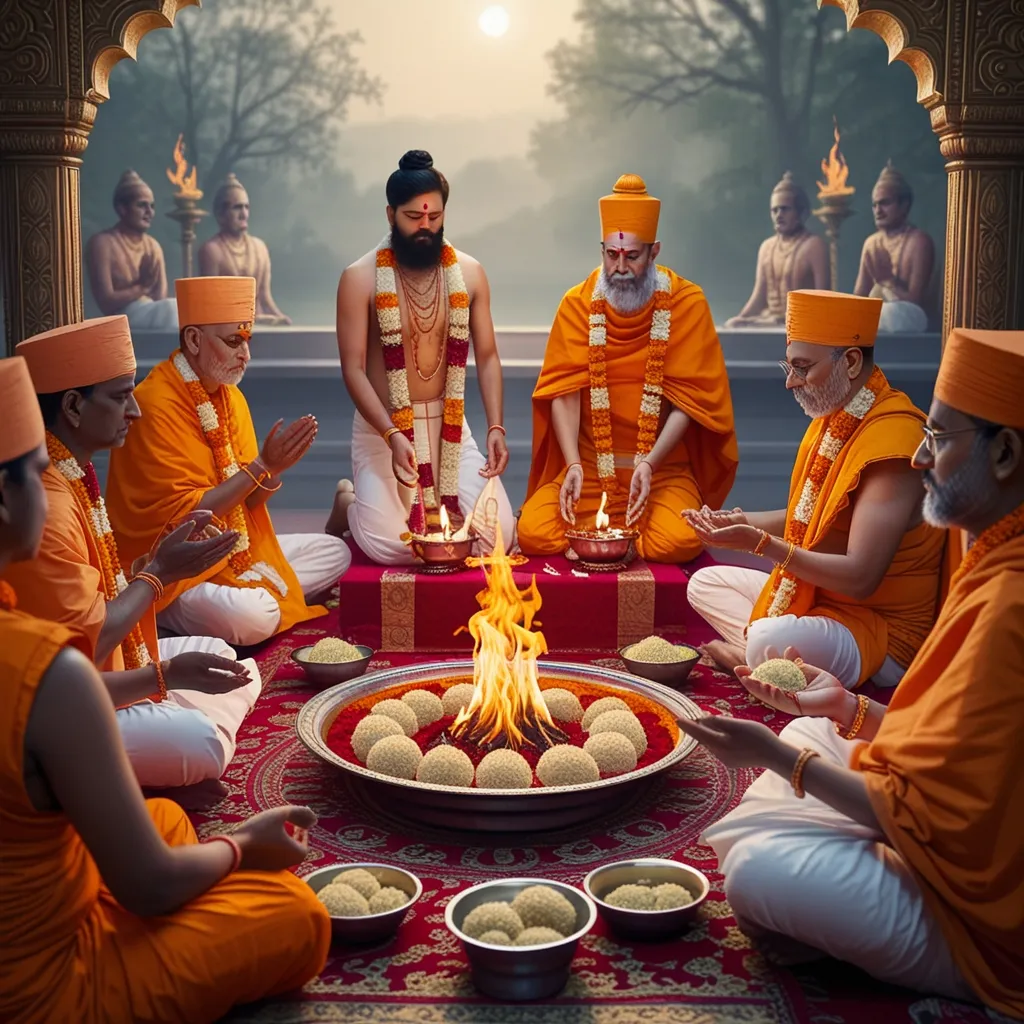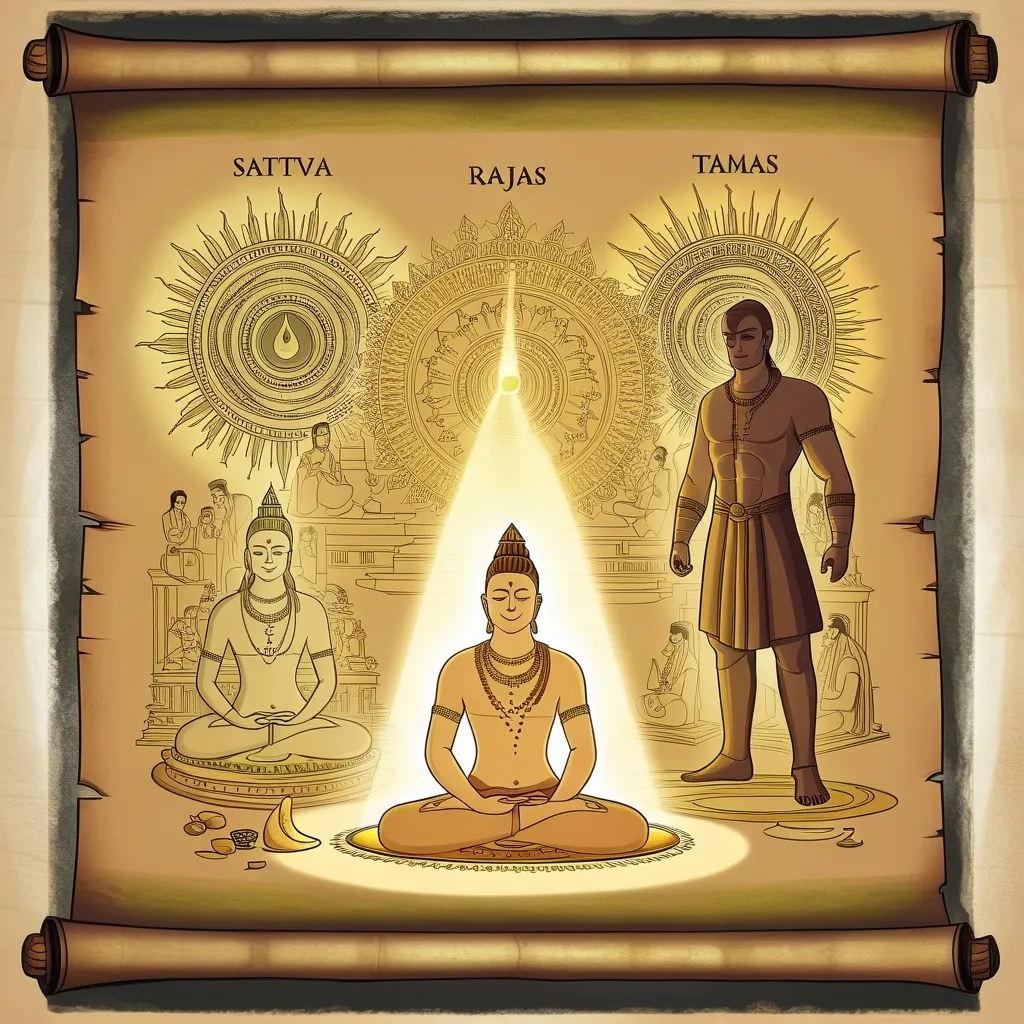In the vibrant and diverse world of Hinduism, the concept of Shraddha stands out as a beautiful expression of faith, dedication, and reverence for ancestors. This ancient ceremony, rooted in Vedic traditions, has gracefully evolved over time, integrating various phases and practices that reflect a deeper understanding of spirituality and community.
At its heart, Shraddha is a way of life. The term itself, “Shraddha,” comes from “Shraddhaa,” meaning faith. It’s not just about performing rituals; it’s about embodying dedication and commitment in everything you do, be it in worship, work, or personal responsibilities. This faith isn’t superficial but is built on deep trust in the teachings of gurus and the scientific approach to life.
The story of Shraddha traces back to different phases throughout history, each adding layers of meaning and practice.
In the earliest phase, known as Agnoukaran, people in the era of the Rigveda practiced worshiping their deceased ancestors by offering Samidha (wooden sticks) and Pinda (rice balls) to a sacrificial fire. These acts created a symbolic connection between the living and the dead, ensuring that ancestors were honored and remembered.
The next significant phase was Pindadaan, which shows up in the Yajurveda and texts like the Mahabharata. This ritual involved making Pindas from cooked rice or wheat flour, mixed with black sesame seeds and water. These Pindas symbolized the father, grandfather, and great-grandfather and were placed on dried grass twigs, facing south, and worshiped with sesame seeds. This practice was introduced by Varaha, an incarnation of Vishnu, who performed the ritual using three Pindas created from his molar tooth.
Later, offering food to priests became a prominent aspect of Shraddha during the post-Gruhya sutra and Shruti-Smruti period. Here, the idea was to honor ancestors by feeding Brahmins, who were seen as representatives of the deceased. The ritual involved inviting Brahmins, washing their feet, and offering various foods, including special dishes, snacks, and sweets.
In today’s practice, all these phases merge into what’s called Parvan Shraddha. This comprehensive ritual includes offerings to the sacrificial fire, worshiping Pinda, and feeding Brahmins. The duties and rituals prescribed by the science of Dharma indicate that householders should perform this ceremony to honor and remember their ancestors.
Brahmins have a crucial role in the Shraddha ceremony. These Vedic experts are invited to perform the rituals, and their knowledge in Vedic disciplines like Siksha, Chhand, Vyakaran, Jyotish, and Shat Vedanga is particularly valued. Not just any Brahmin can participate; only those well-versed in these areas and of strong moral character are acceptable.
The Shraddha ceremony is a rich tapestry of rituals, beginning with invoking Vaishva Deva and Agni Deva through specific Mantras. Brahmins are formally welcomed, and their feet are washed in a gesture of respect. The offerings during the ceremony include cooked rice, special dishes, snacks, and sweets. The Pindas are offered with incense, lamps, and Naivedya (offerings). The ceremony ends with the Bali Vaishva Deva rituals and the distribution of Prasad, which is the leftover food eaten by the Brahmins.
Shraddha isn’t just a ritual performed on specific days—it’s a way of life. It permeates daily activities and emphasizes having faith in oneself, in one’s duties, and in the divine. The Bhagavad Gita elucidates a three-fold division of Shraddha, underscoring its role in achieving greatness. The Upanishads, particularly the Taittiriya and Katha Upanishads, showcase the power of Shraddha through stories like that of Nachiketa, who gained immortality and Self-knowledge through his unwavering faith.
The Yajurveda, one of the ritual Vedas, offers detailed guidance on sacrificial rituals, including those connected to Shraddha. It serves as a manual for the Adhvaryu priest, outlining procedures for selecting a plot for the sacrificial altar and offering oblations to sacred fires. Beyond rituals, the Yajurveda also delves into philosophical doctrines, such as Prana and Manas, essential for grasping the profound significance of Shraddha.
The essence of Shraddha lies not only in its rich ritualistic heritage but also in its incorporation into everyday life. Its roots in Vedic literature and its evolution through various phases highlight the importance of honoring one’s ancestors and living a life grounded in faith and commitment. Whether it’s through the sacrificial fires, the worship of Pinda, or the act of feeding Brahmins, Shraddha continues to play a vital role in Hindu tradition, serving as a bridge between the living and the dead and preserving spiritual heritage for future generations.






